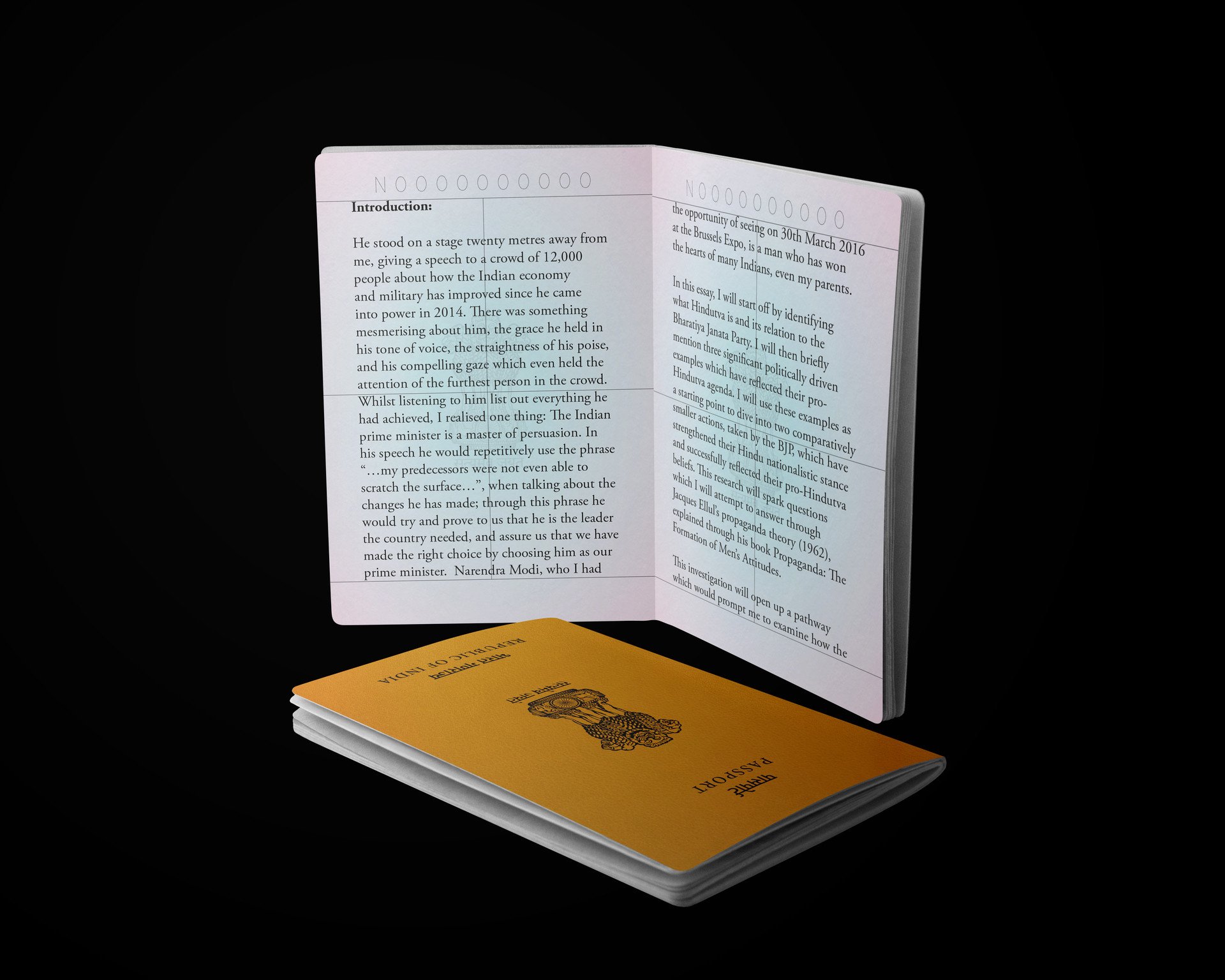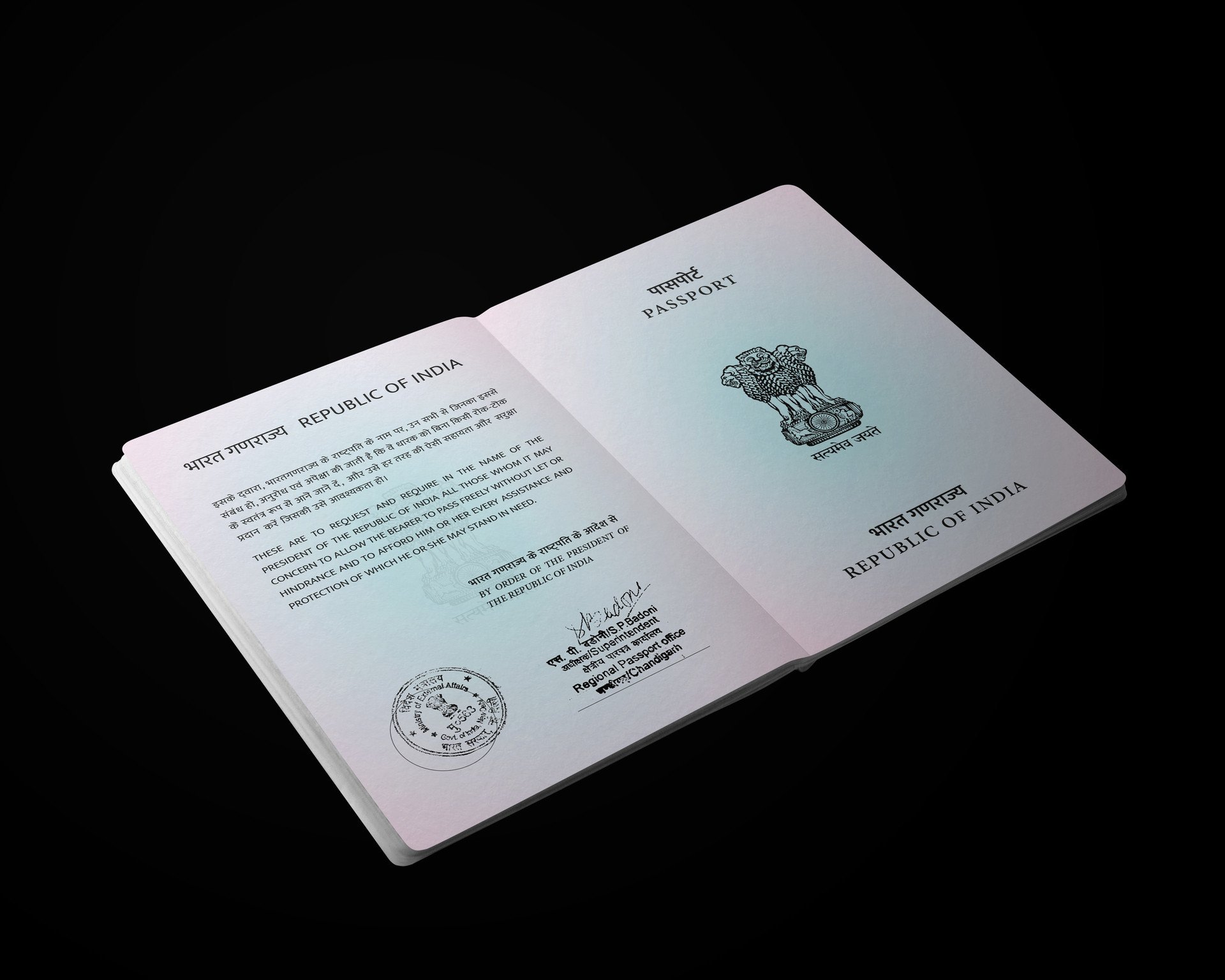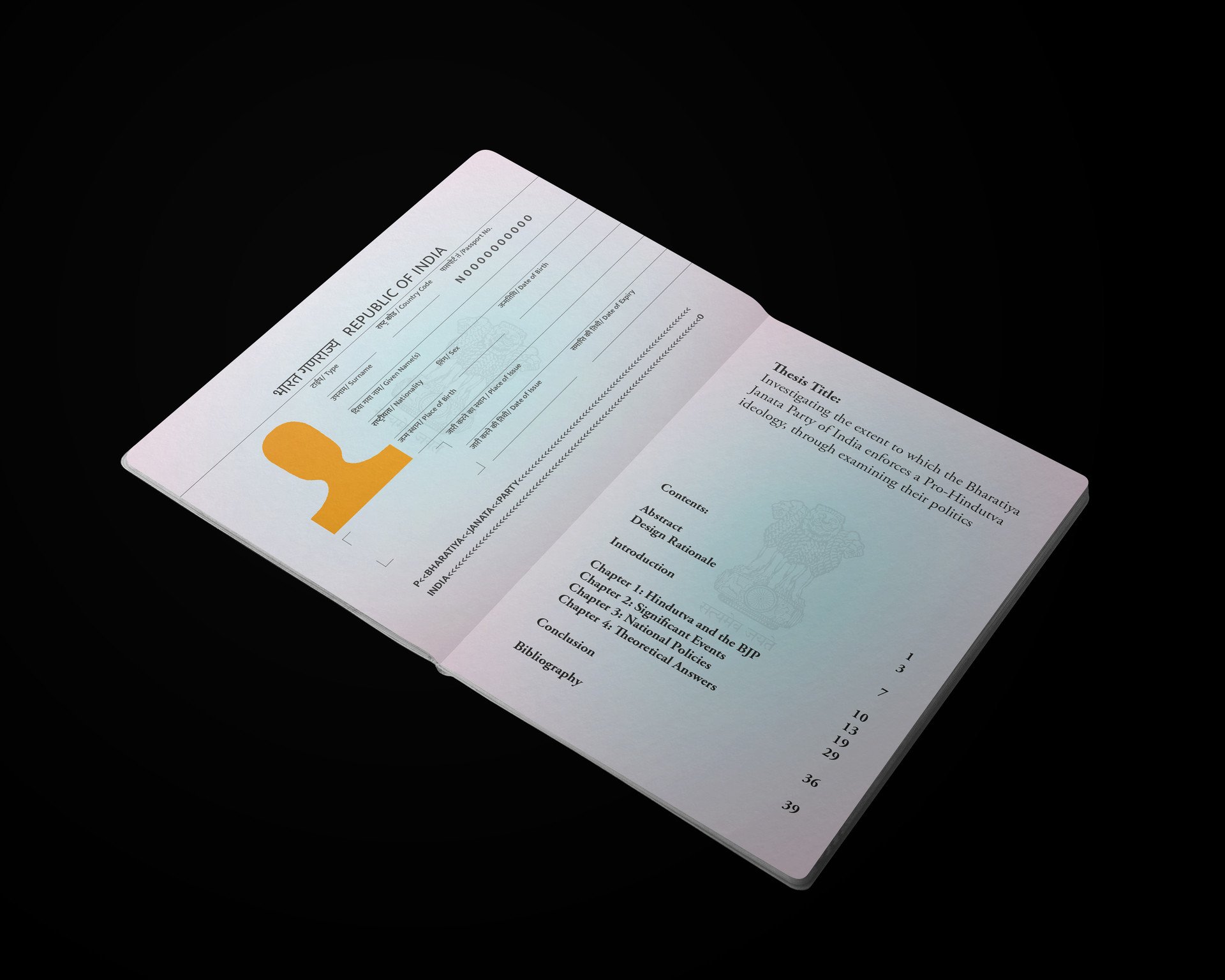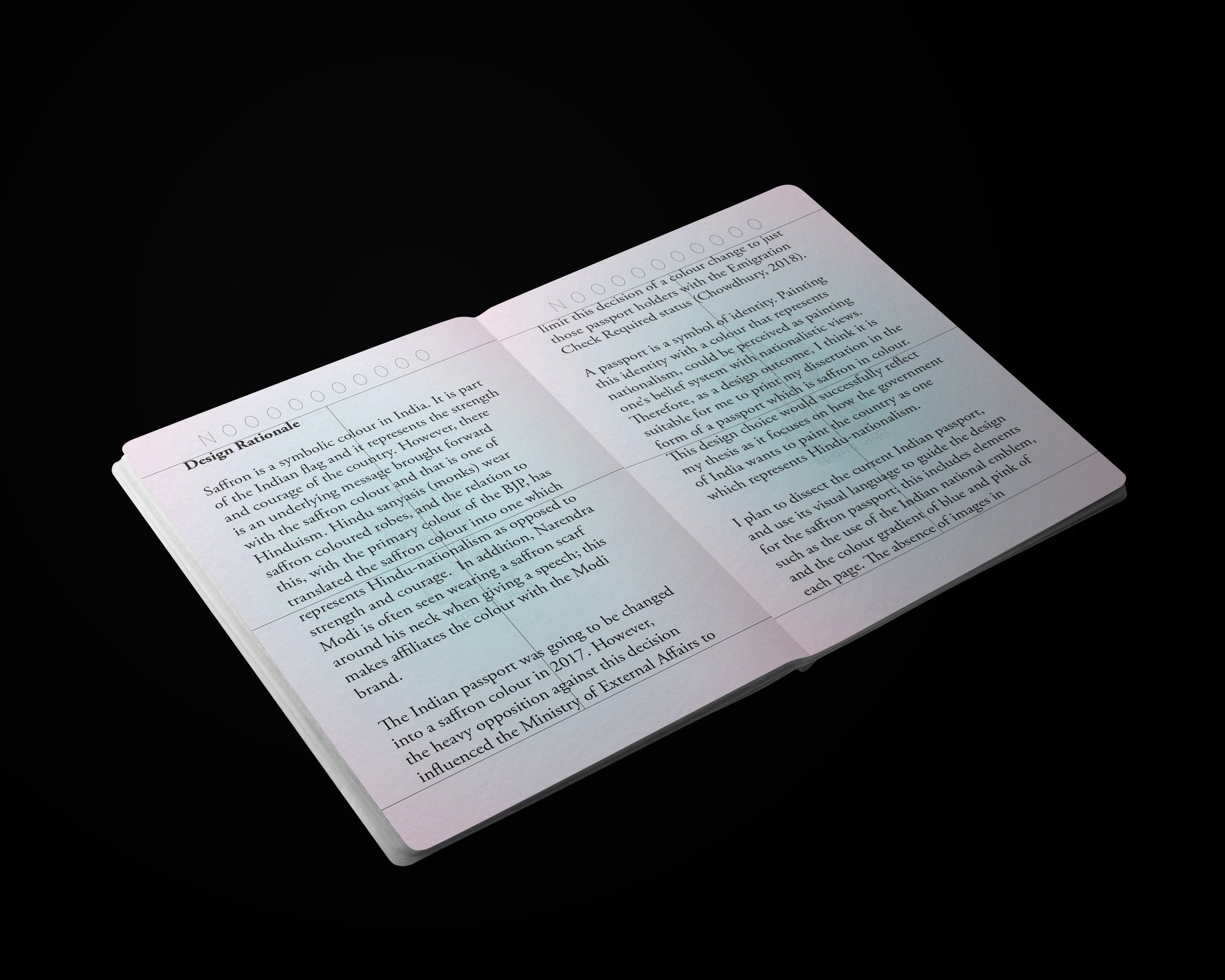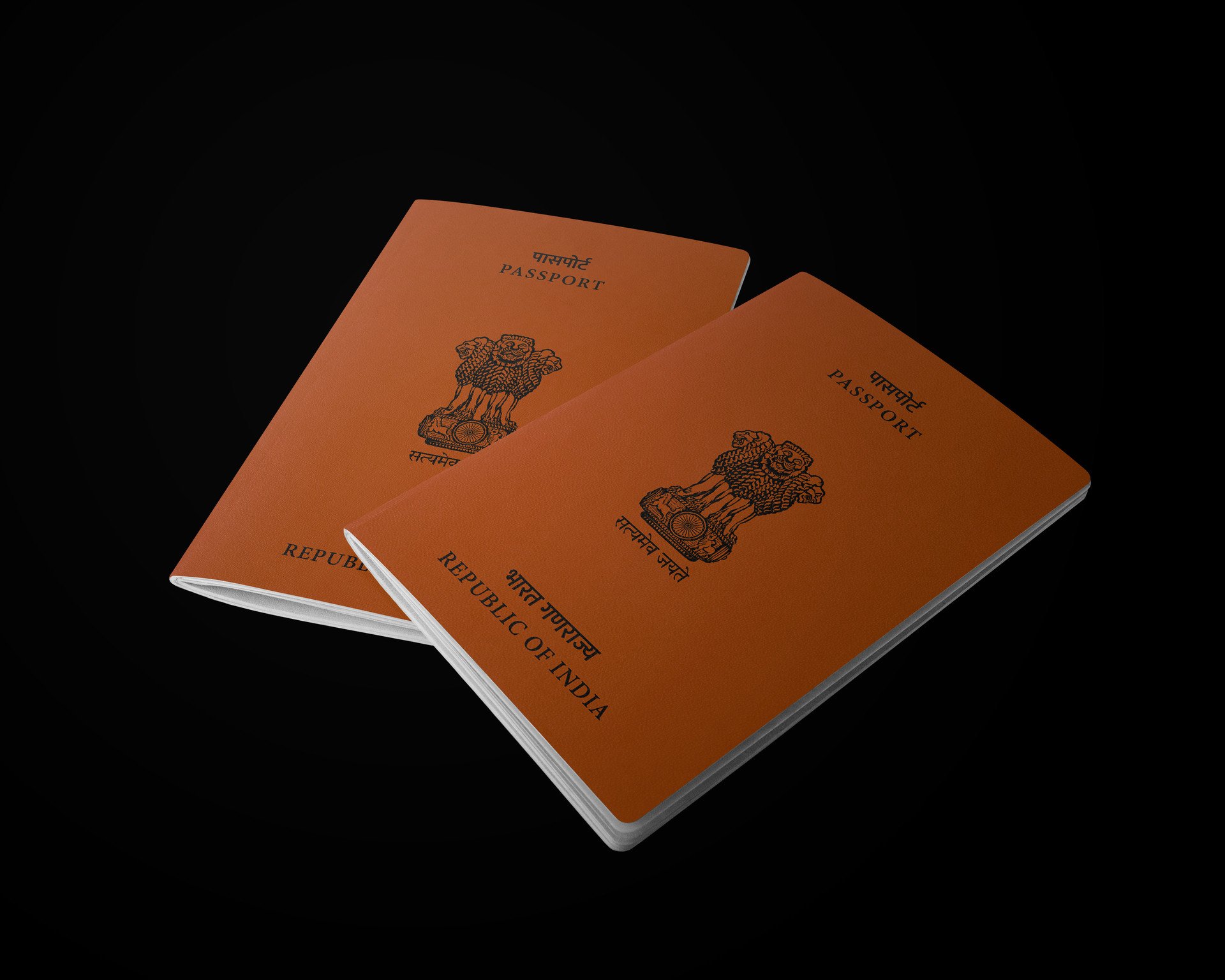Janvi Parekh
Email address
moc.liamtoh@ivnajhkerapWeb Portfolio
www.thegraphicbin.comBiography
A multidisciplinary designer who enjoys directing attention towards everyday problems with the use of satire. I feel this sort of approach embeds itself into the viewer's mind, and is more effective in pushing the person to pursue change. Most of my work uses editorial design as its initial base, allowing the concept to grow further through motion graphics.
Portfolio
Ten Soups You Must Not Try
Ten Soups You Must Not Try is an accurately designed recipe book that reflects the harmful use of crude oil around the world. It highlights the ever-present importance of crude oil in our lives, through ten soup recipes. This idea is to show the viewer how regular the consumption of crude oil has become, as regular as a man's consumption of food.
The twist begins when you realise that all ten recipes represent ten of the most hazardous oil spills ever recorded. The name of each soup is a link between the type of soup and the name of the oil spill. The cooking time, prepping time and cleaning time reflect: the year the spill occurred, the duration of the spill and cleaning time of each disaster respectively. The ingredients include: the total amount of oil spilled in the explosion, the types and numbers of species which were either harmed or killed because of it, and other regular food items. The method of cooking subtly highlights the story of how each oil spill occurred.
Most importantly, The black inked pattern on the surface of each bowl of soup, mirrors the shape the oil spill took on the surface of the ocean, as seen and recorded from satellite imagery.
Photography – Digitally Printed – Perfect Bound

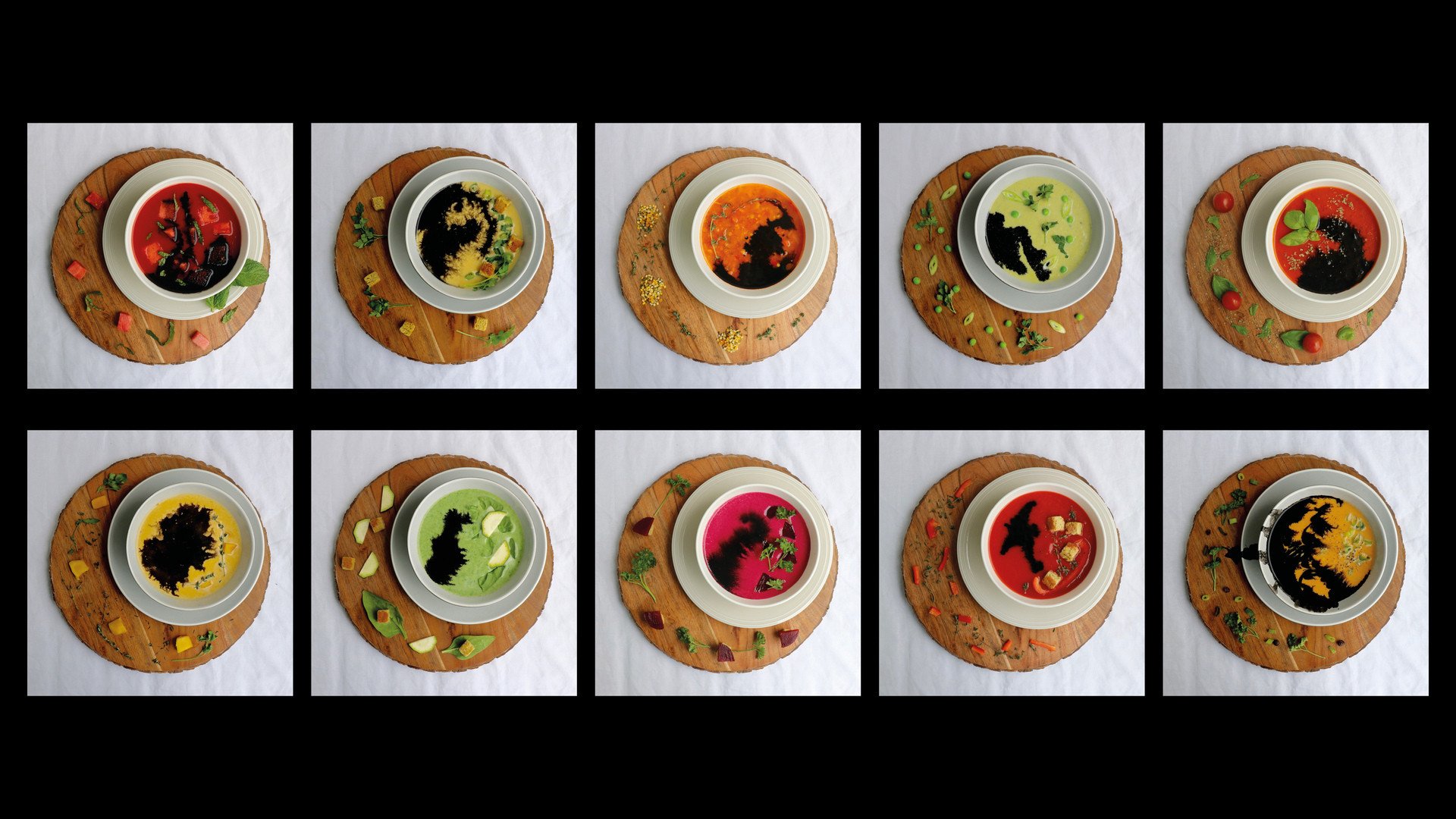
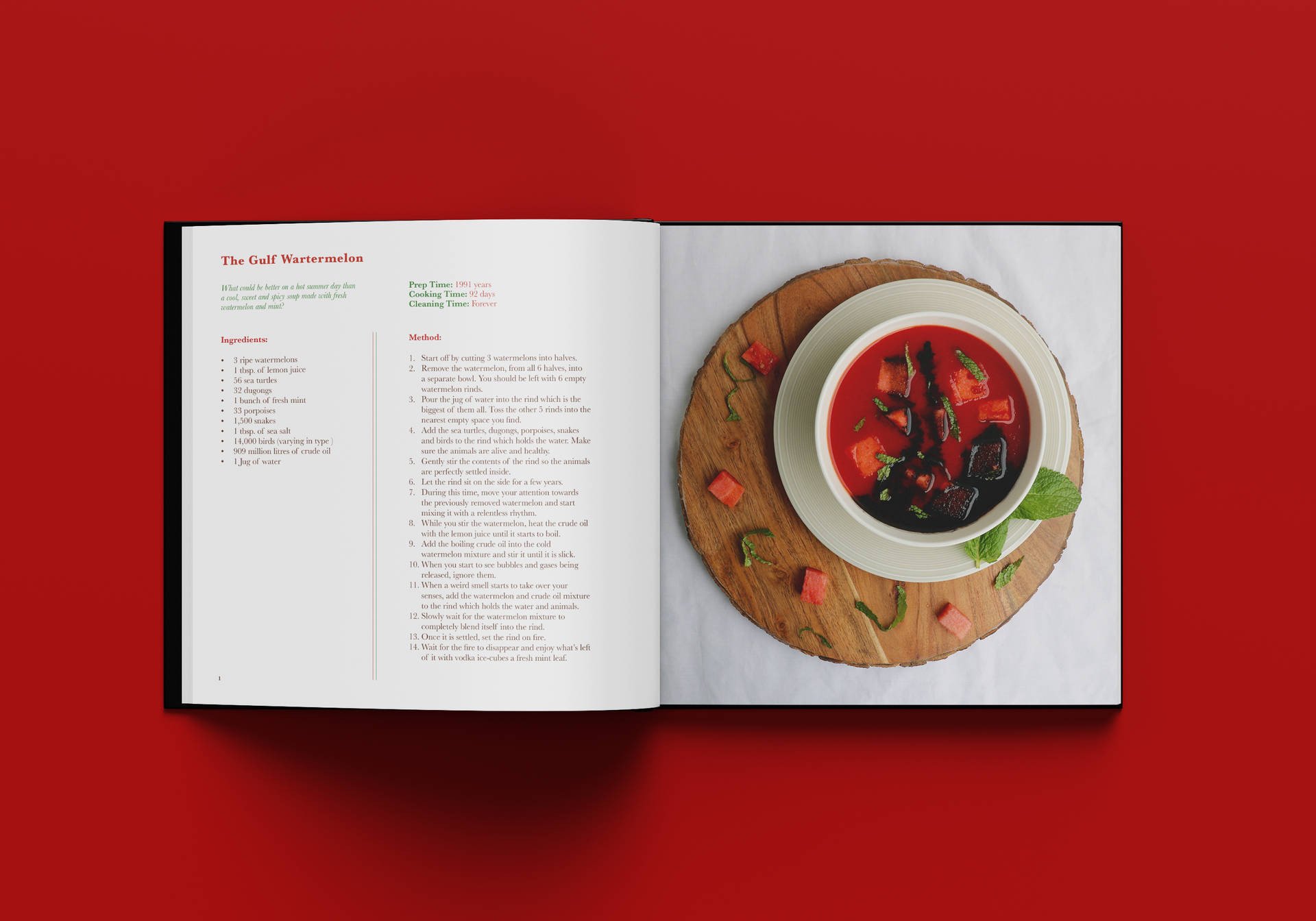
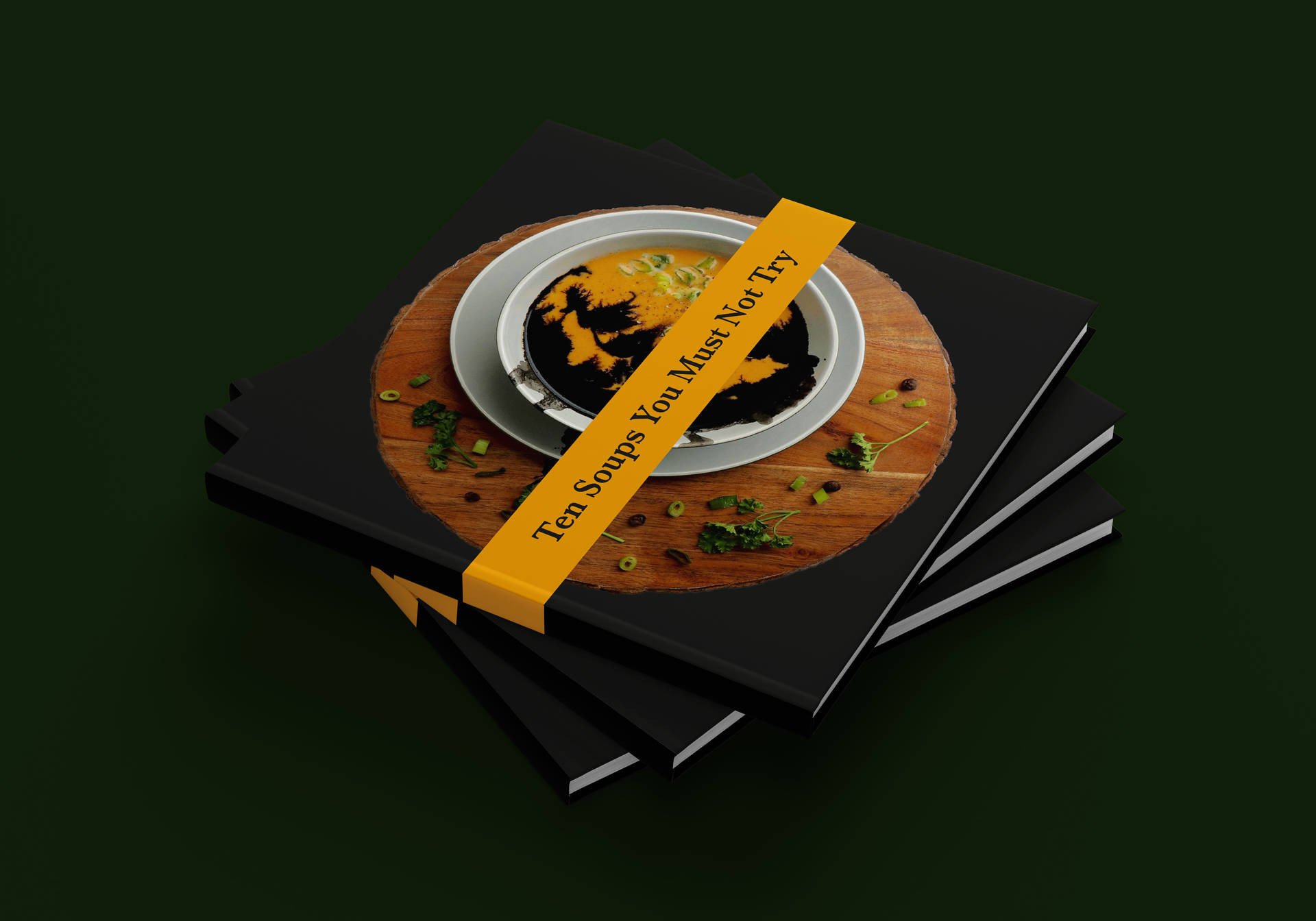
The Murder Castle
This project looks into an American serial killer called Henry Howard Holmes.
This piece of editorial design focuses on a hotel which he designed and built with the sole purpose of murdering its guests. The hotel was famously called "The Murder Castle" and was located in Chicago. Inside, there would be doors which would open up to brick walls, staircases leading nowhere and secret vents in each room that would release poisonous gases, amongst many other features. The guests would get confused as the hotel was extremely labyrinthine, eventually all of them would be lead to the basement, one by one, and he would trap them there. He would then go on to torture and kill each of his victims with medical precision, he would then cast their bodies aside and construct skeletons out of them; these skeletons would be sold for scientific purposes across universities in America.
According to a few historians, Holmes was severely bullied by his parents and schoolmates when he was a child. One specific incident involves a group of boys locking him inside a science lab and scaring him by standing behind a skeleton. It could be said that the process of constructing skeletons out of his victims, could be an attempt for Holmes to try and control his fear.
This book takes you through the story behind the structure of the castle, its victims and a glimpse of the killer behind it all – H.H.Holmes.
Riso printed – Embossed – Letter pressed – Hand sketched – Perfect Bound

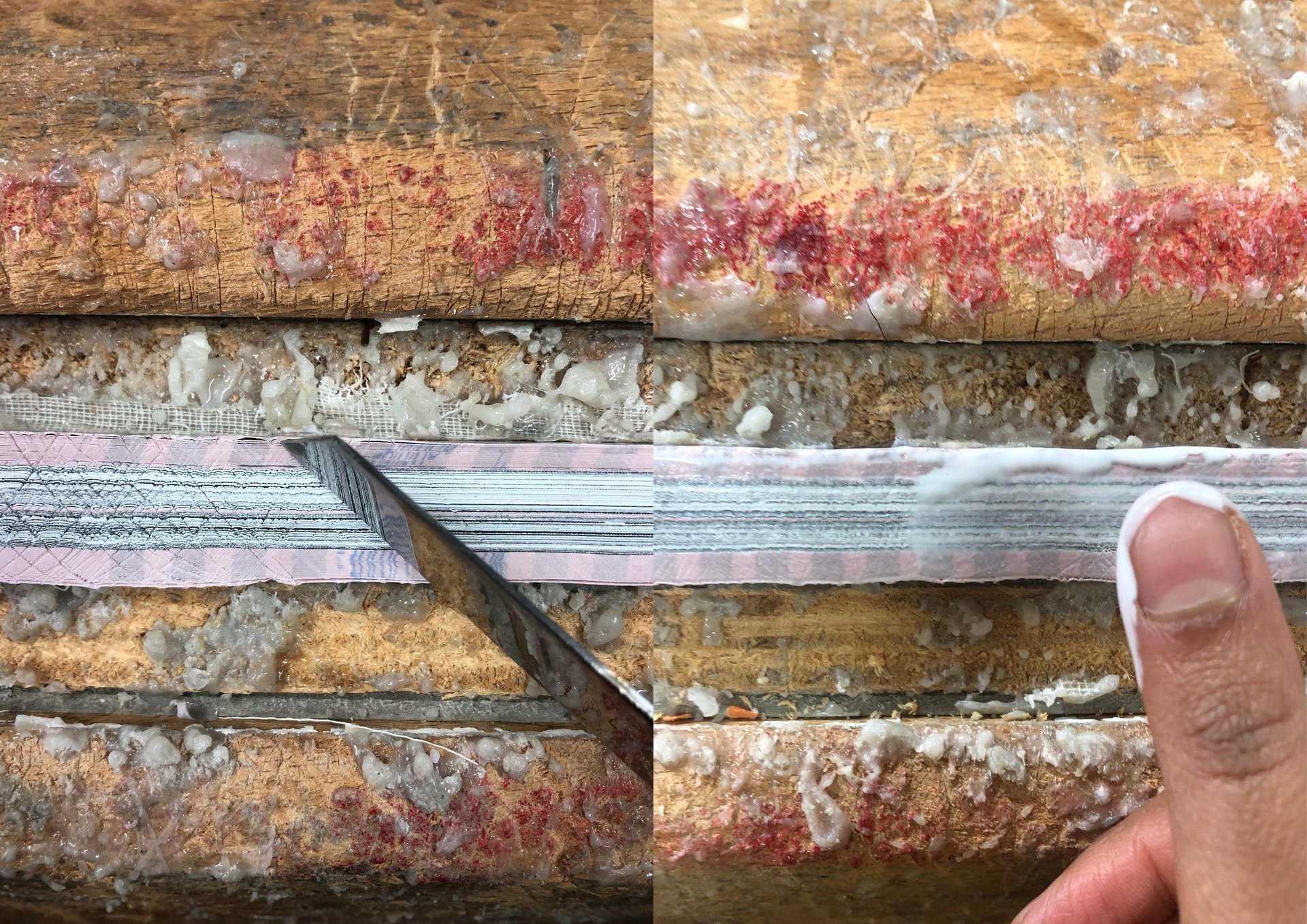
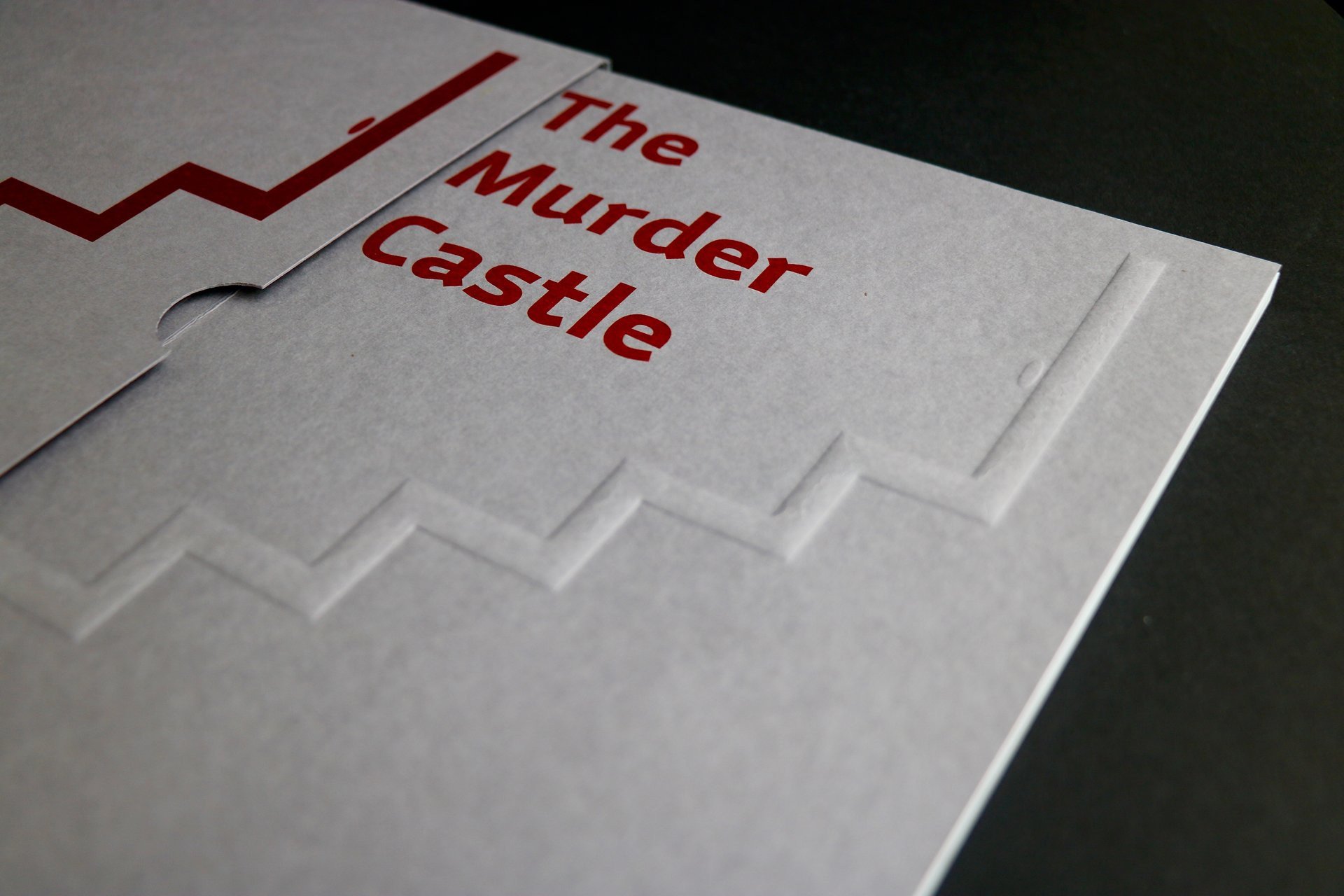
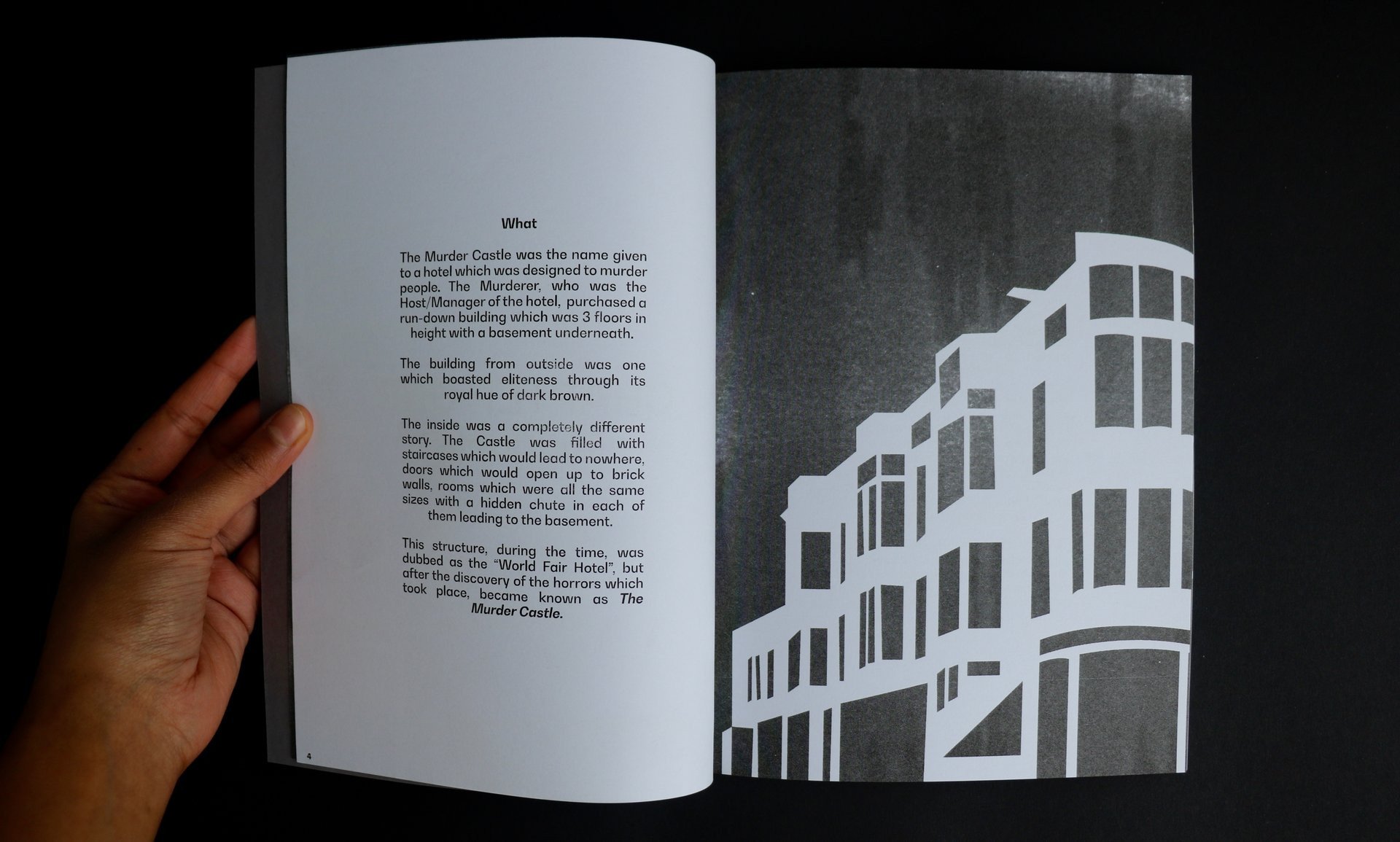
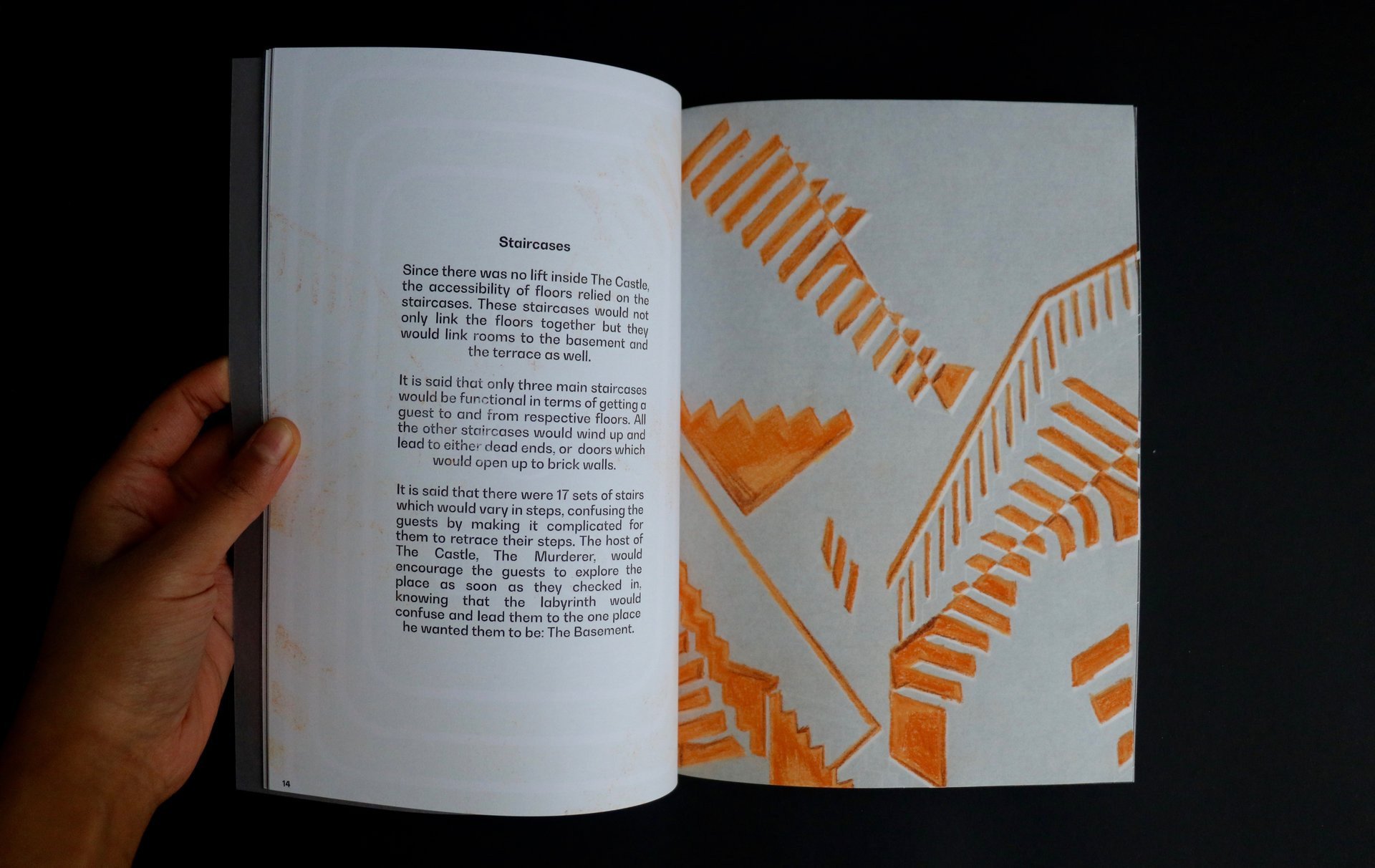
Saffronisation of India
My thesis investigates the presence of the Hindutva ideology within the politics of the Bharatiya Janata Party, the leading political party of India. The BJP was created through the merging of two parties: The Bharatiya Janata Sangh and the Rashtriya Swayamsewal Sangh (RSS). The RSS idealises protection and encourages Hindu training to form a Hindu Rashtra and this is seen as a major force driving the BJP’s brand of politics. ‘Saffronisation’ is an Indian political neologism used by critics to refer to the policies of right-wing Hindu nationalists. Hindu sanyasis (monks) wear saffron coloured robes, and the relation to this, with the primary colour of the BJP, has translated the saffron colour into one which represents Hindu-nationalism.
The designed element of my thesis is centred around the Indian passport. In 2017, The Ministry of External Affairs was going to change the colour of the Indian passport from black to saffron. However, the heavy opposition against this change influenced the Ministry of External Affairs to implement this decision to just those passport holders with the Emigration Check Required status. -
A passport is a symbol of identity, painting this identity with a colour that represents nationalism, could be perceived as painting one’s belief system with nationalistic views.
